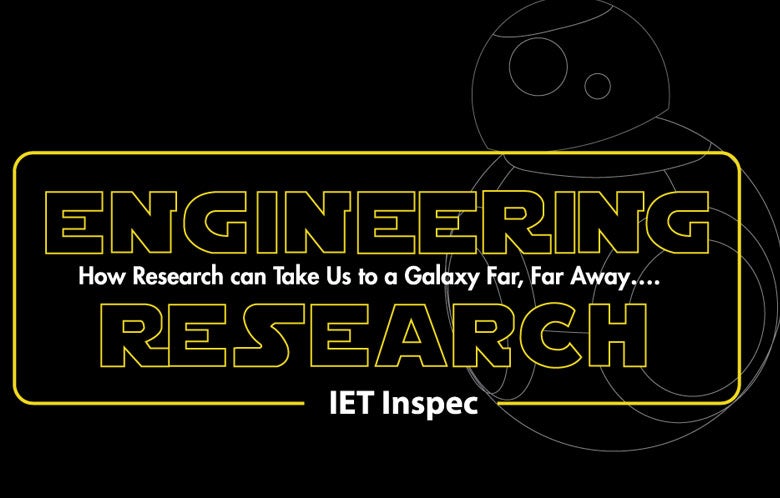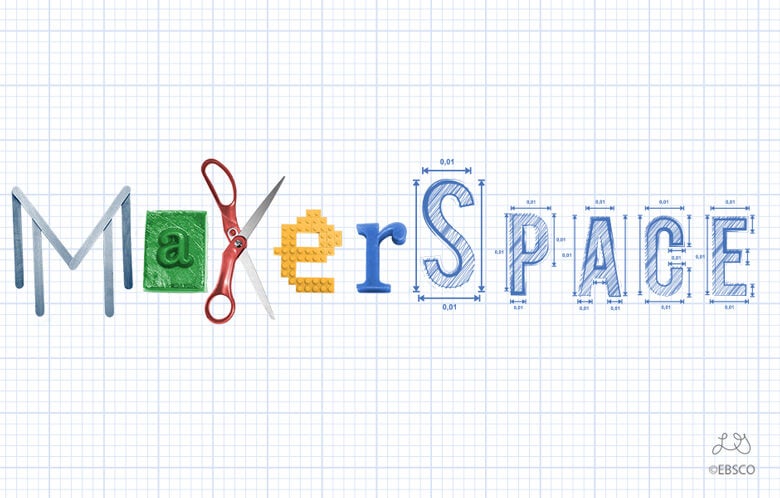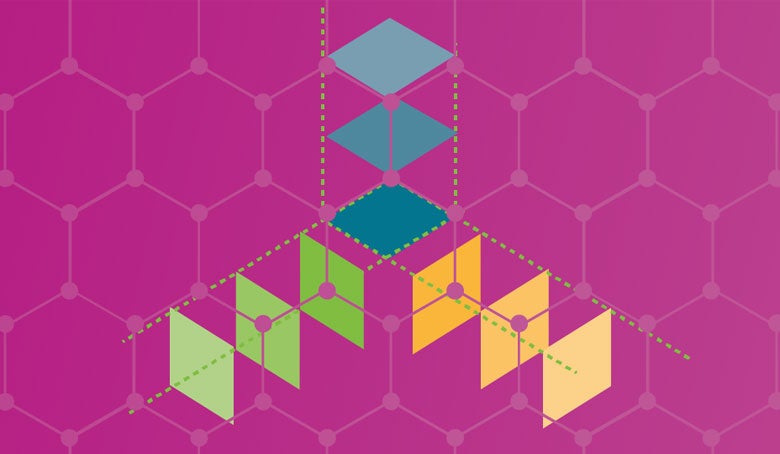Every piece of engineering starts with research; whether it’s the lighting in our homes, the cameras in our phones or the real-life incarnation of a science-fiction robot.
When Star Wars was first released in 1977, the much-beloved heroic little droid, R2-D2 relied heavily on movie magic, requiring several troublesome remote-control versions, (which frequently fell over), and the puppetry of actor Kenny Baker hidden inside a high-tech- looking prop to bring the futuristic science-fiction robot to life. In fact, George Lucas admitted that for about 80% of the scenes in Star Wars: A New Hope, R2-D2 was pulled around on wires.
Inspiring Children through Greater Access to Creative Engineering
Now, almost 30 years later, robotics engineering has moved on at such a pace that R2-D2’s spherical ‘sibling’, BB-8 is not only a real-life invention of science-fact (disregarding a stunt double or two and some creature “fx”), but now the audience can also take home their own fully-working miniature version with the same engineering technology at its heart. Sphero’s BB-8 toy serves multiple purposes; firstly as an example of the creativity and sheer joy engineering research can lead to in its practical application, but also as a vehicle of inspiration to the next generation of engineers, leading them not only to ask “how does it work” but to actually become part of the engineering process. Children can now use Sphero’s mobile app, SPRK Lightning Lab, to develop programming skills to control their droid, using drag and drop and manual editing to write custom code which they can experiment with, develop and share across Internet communities.
Innovative Engineering Requires Innovative Research
This sharing with peers and building on one another’s findings is an integral part of what leads to innovation and allows researchers to transform science-fiction into a reality. Without research, engineers could never have developed the gyroscopes, accelerometers and magnetic interaction that brought BB-8 to life in the first place. Having access to both up-to-date and past research, not to mention competitors’ research, provides the foundation for engineers and scientists to build on from one generation to the next. Additionally, research databases like the Institution of Engineering and Technology’s Inspec allow them to pinpoint the most relevant research quickly using filters and expert-identified keywords.
What Does the Future Hold for Young Engineers?
With toy manufacturers producing STEM educational toys to inspire the next generation of engineers, and research tools like IET’s Inspec providing access to over 100 years of research to build on, who knows what the next science-fiction invention to become a reality will be. Intergalactic travel anyone?



